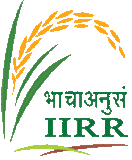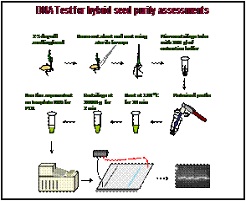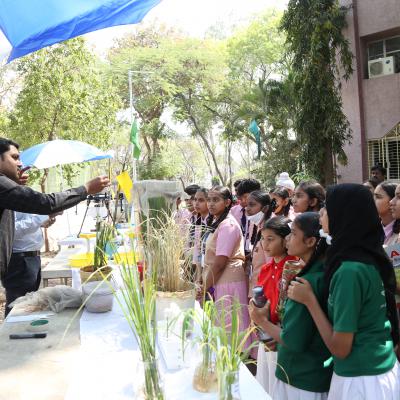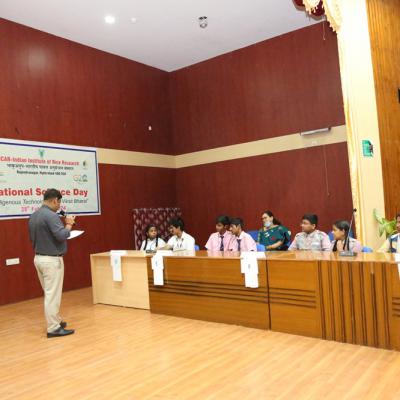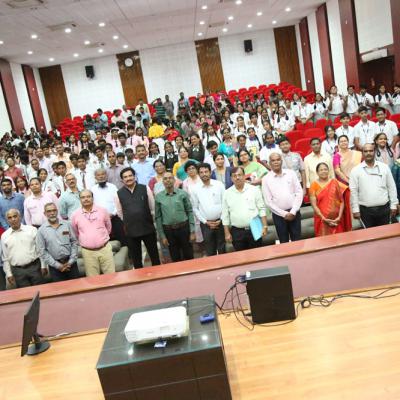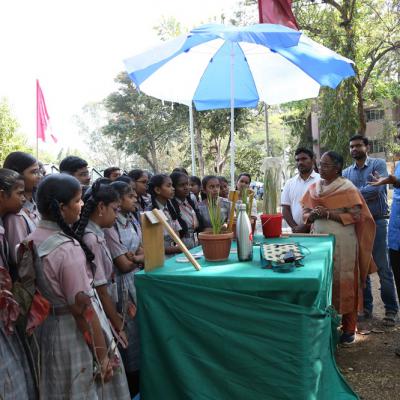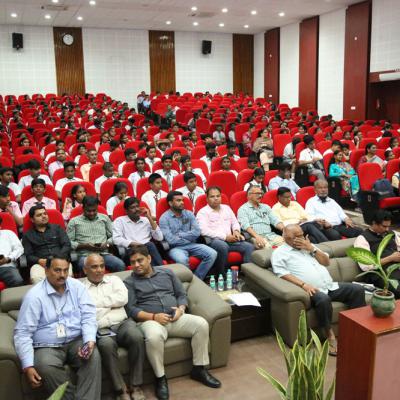Success Story 7: Hybrid Purity Test
Success Story 7: Hybrid Purity Test
Genetic purity of parental lines and hybrids is of crucial importance, as one percent reduction in purity of hybrid seed, results in a reduction of about 100 kg/ha in yield of commercial crop. Traditionally genetic purity is done by Grow-out Tests (GOT), based on morphological assay. This method requires space for growing the samples drawn, considerable time till flowering/maturity (one season) and labour for raising the crop. Seed stocks and the investments made are locked up till the results from GOT are received. To overcome these major problems, Directorate of Rice Research (DRR), in collaboration with Centre for Cellular and Molecular Biology (CCMB), Hyderabad has developed a DNA marker based assay (popularly called DNA test) for rapid and reliable estimation of genetic purity of parental lines and hybrids. In this assay, specific target DNA molecules are amplified from a pool of DNA using a pair of oligonucleotide primer sequences that are complementary to the target DNA. The principle of this method for hybrid seed purity testing is that the parents have different alleles at the DNA marker locus being tested and that heterozygosity is an indicator of hybridity. It also implies that the markers being scored should be co- dominant in nature. SSR markers are highly suitable for this purpose in crops like rice as they are abundant, co-dominant and hyperpolymorphic. Purity testing is done with DNA isolated from rice seeds. The DNA isolated from each seed is subjected to PCR using SSR primers, which exhibit unique polymorphism among the parental lines constituting the hybrid (whose seed purity is to be tested). The PCR amplified fragments are separated by agarose gel electrophoresis, stained with ethidium bromide, visualized under UV light and documented (Yashitola et al. 2002). The protocol is explained below in Figure 1. The entire procedure takes only 3-5 hours for completion and any plant material including seed, grain or leaf can be used for DNA isolation and purity analysis.
Detection of off types in a hybrid seed lot using DNA marker based purity test. Amplification of two fragments (characteristic of the two parental lines) is indicative of hybridity while only one fragment is amplified from the off types. Ensuring the purity of parental lines used in hybrid seed production is an essential prerequisite for ensuring the purity of rice hybrids. Contamination of the CMS lines with seeds of the maintainer line is a serious cause for concern in hybrid rice production because, being isonuclear lines, they cannot be distinguished from each other prior to flowering. A particular sequence difference between mitochondrial DNA from male sterile CMS lines and male fertile maintainer lines has been discovered recently. Based on this sequence difference, a DNA marker assay based on a mitochondrial microsatellite marker has been designed by DRR, Hyderabad that can be used to reliably distinguish between CMS and maintainer lines. This assay can be used to screen seed lots of the CMS line for checking contamination with the maintainer line. Only those seed lots that have the desired level of purity will be retained and used for hybrid seed production. Thus, a major cause for reduction in hybrid seed purity can be eliminated. The assay test involves the use of mitochondrial SSR markers as primers in a Polymerase Chain Reaction (PCR) assay wherein fragments of different sizes are amplified in DNA samples from CMS lines and maintainer lines (Figure 3) and contaminants can be detected easily.
